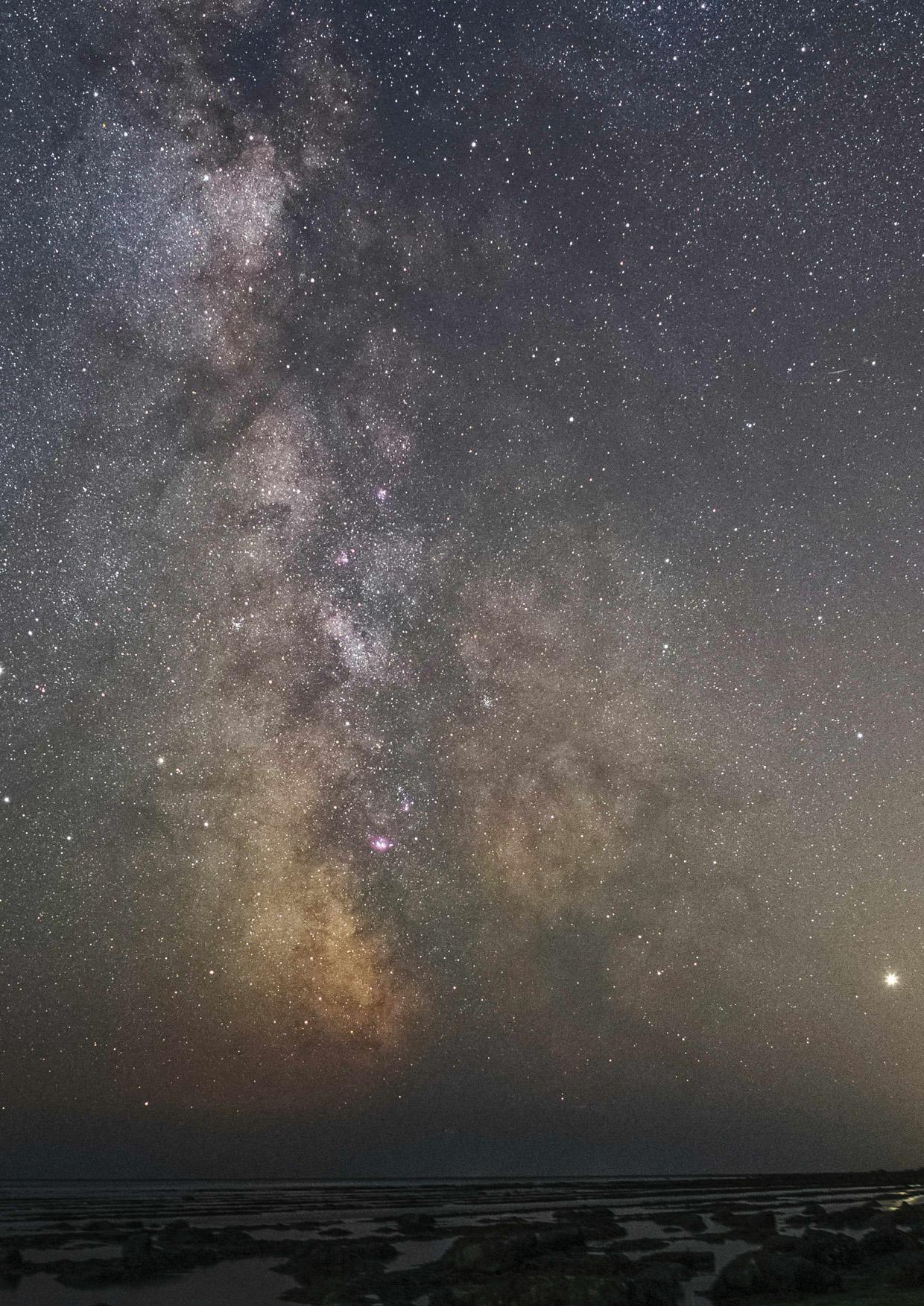
As the lighter nights begin to swing around in May, one thing I like to do is fire up Stellarium and plan out all the things I want to photograph when proper darkness returns in the late summer. Almost always, the target that occupies me the most, no matter how many times I've imaged it, is the Milky Way. Widefield, nightscape or long-focal-length close-up - it doesn't matter what format we're talking about, there's always something our Galaxy can offer.
It's important to think ahead when it comes to Milky Way imaging. The view changes from month to month, week to week and even hour to hour throughout the night. And the best time to photograph our Galaxy from the UK, in my opinion, is the first weeks of August. Not only has astronomical darkness come back for most of us in the UK by that point, but you also don't have to wait all night for the band of the Milky Way to be positioned close to the meridian. Plus, from a composition perspective I love how the core of the Galaxy and the swathe of its spiral arms, arcing up into the eastern sky, are positioned as midnight approaches.
If you've never dipped your toes into the waters of Milky Way astrophotography, now's the perfect time to get prepped for this season. So read on as we introduce you to shooting the spectacular celestial metropolis that we all call home.
Use the right kit
You can achieve spectacular images even with a fairly modest setup
One of the really nice things about photographing the Milky Way is that there are lots of ways to do it, with lots of different types, and levels, of equipment. This means it's one of those targets that you can start off imaging as a beginner and keep coming back to year after year as you get more experience, often finding new and different ways of doing things as you do.
Denne historien er fra May 2023-utgaven av BBC Sky at Night Magazine.
Start din 7-dagers gratis prøveperiode på Magzter GOLD for å få tilgang til tusenvis av utvalgte premiumhistorier og 9000+ magasiner og aviser.
Allerede abonnent ? Logg på
Denne historien er fra May 2023-utgaven av BBC Sky at Night Magazine.
Start din 7-dagers gratis prøveperiode på Magzter GOLD for å få tilgang til tusenvis av utvalgte premiumhistorier og 9000+ magasiner og aviser.
Allerede abonnent? Logg på

Putting cosmic rays to work
These penetrating interstellar particles have applications from astronomy to archaeology
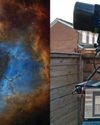
Set up your first imaging sequence
How to automate and coordinate your gear over multiple nights of imaging

The Universe without gravity
Life with no gravity might sound a fun idea, but as Govert Schilling explains, shutting off this pivotalforce would spell disaster for Earth and beyond
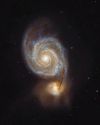
How to blend images taken with different camera setups
Combine data captured at varied focal lengths to create rich, deep images

INSIDE THE SKY AT NIGHT
Back in September 2021, The Sky at Night show spoke to Carly Howett about NASA's then upcoming Lucy mission. As the spacecraft now approaches its main targets - the Trojan asteroids - we check in with her to see how the mission is going

The science of SCI-FI
We love a good sci-fi film, but do they get the science right? Amy Arthur picks six of the big mistakes made in space films

Seeing in a new light
It's National Astronomy Week this month, so take a tip from Mark Westmoquette and let mindful stargazing change your perspective on your life and problems
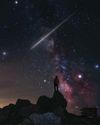
What to do if you find a meteorite
Ever come across an unusual rock and wondered if it's a meteorite? Mark McIntyre explains how to tell if that stone really is a fragment from outer space
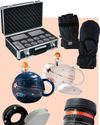
GEAR
Charlotte Daniels rounds up the latest astronomical accessories

Q&A WITH A STELLAR ECLIPSE SPECIALIST
Many stars are gravitationally locked inside multi-star systems, but a rare new triple-star system has set a new record for how cosy these clusters can get